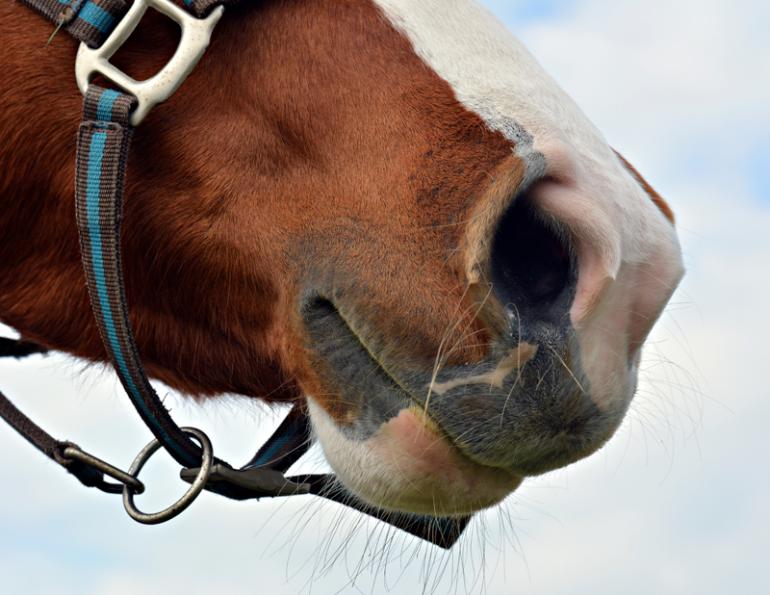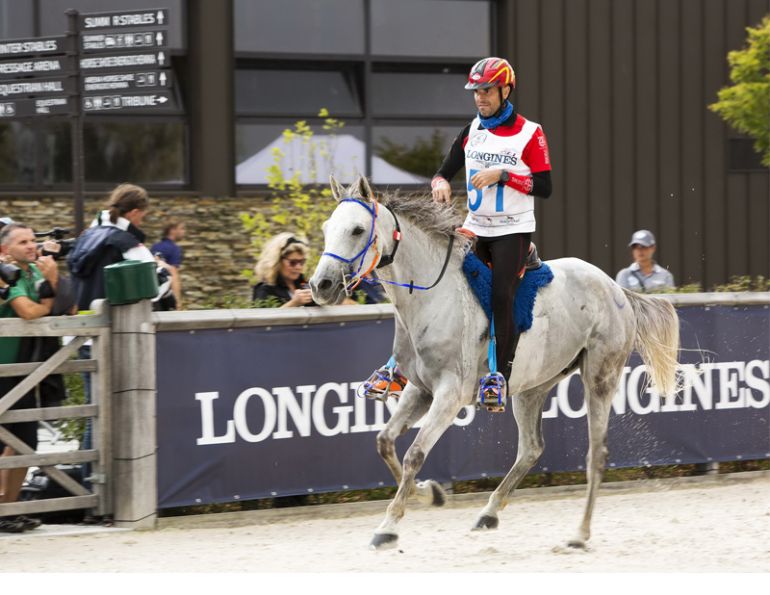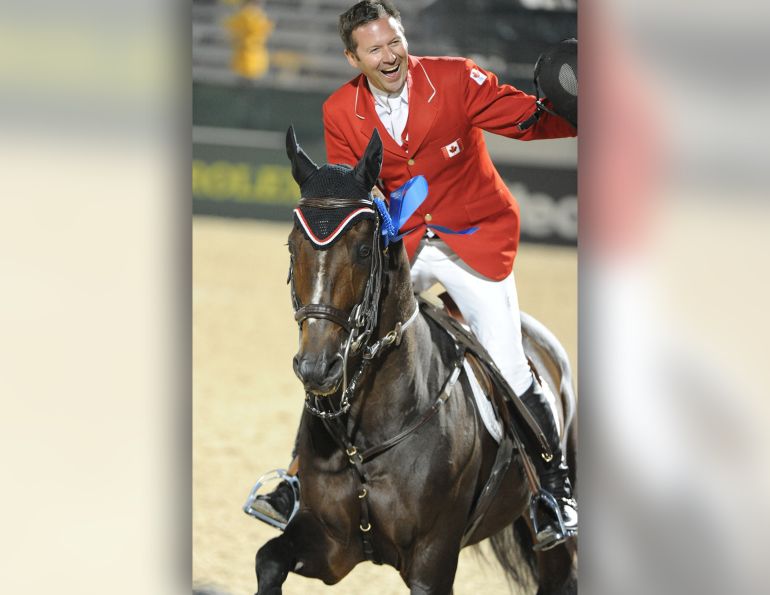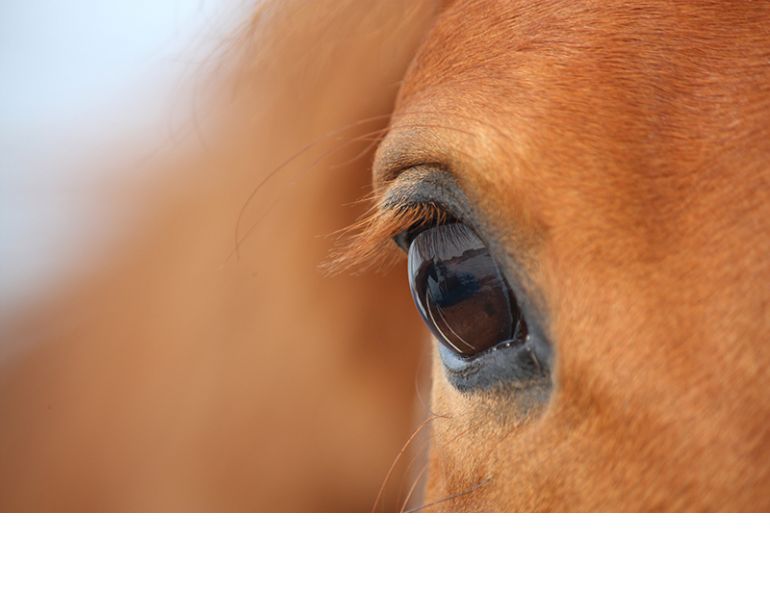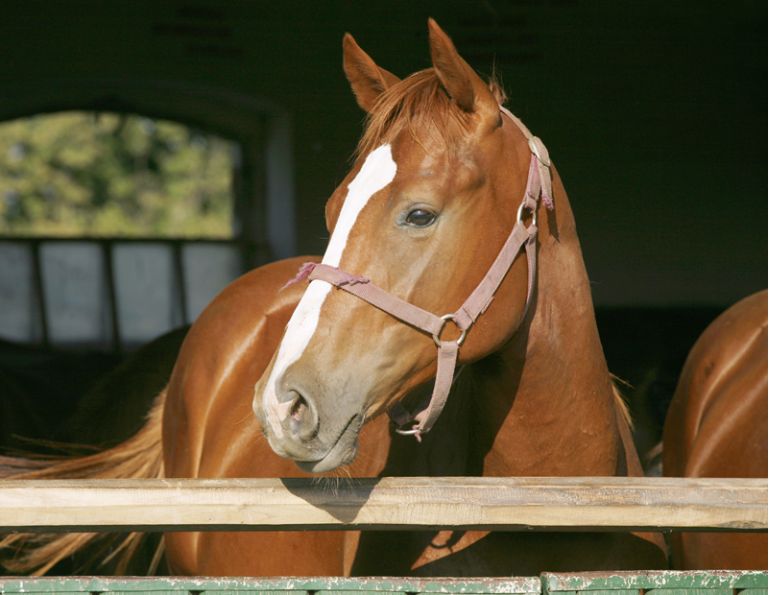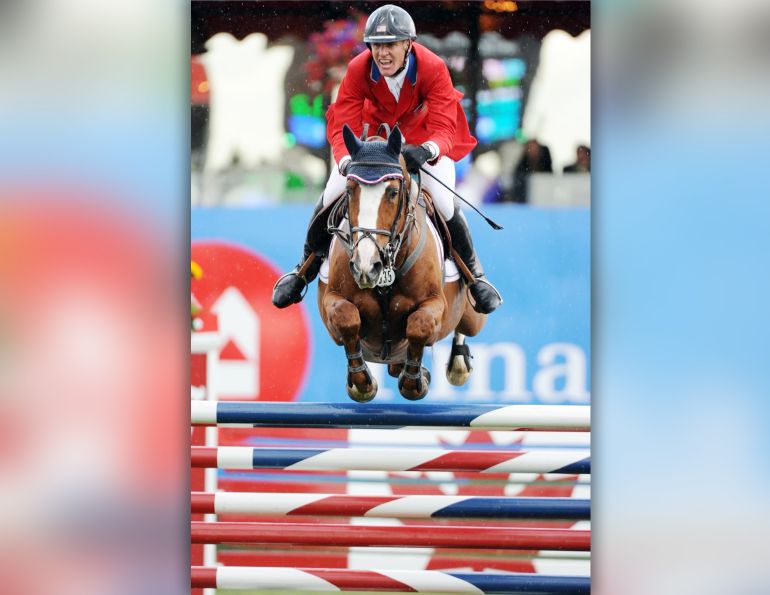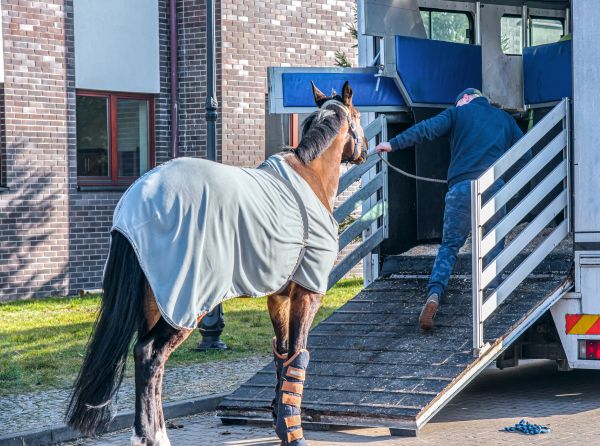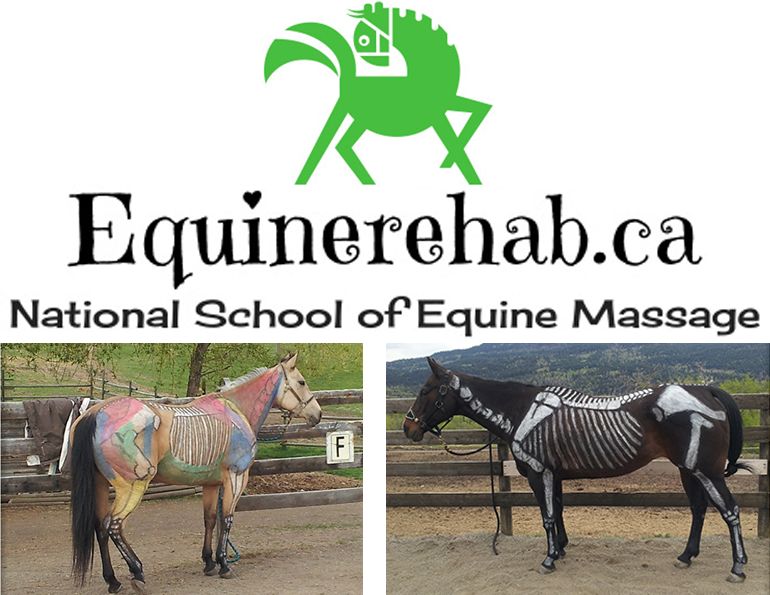Source: Morris Animal Foundation
Morris Animal Foundation-funded researchers have developed a new surgical technique for recurrent laryngeal neuropathy (RLN) that is improving outcomes and helping horses breathe a little bit easier.
The technique, developed by researchers at the University of Illinois College of Veterinary Medicine, provides a stronger anchor point on the paralyzed cartilage within an afflicted horse’s larynx to hold it open, and performs better than current surgical practices. The research team published their findings in the American Journal of Veterinary Research.
“This is a truly impressive advancement to an existing technique in equine surgery,” said Dr. Kelly Diehl, Senior Scientific Programs and Communications Adviser at Morris Animal Foundation. “A stronger anchor point improves surgical outcomes, gives afflicted horses a higher quality of life, and may even save the lives of horses struggling with this disease.”
Recurrent laryngeal neuropathy is a degenerative disease in larger horses, which leads to progressive partial paralysis of the left half of their larynx. While not life-threatening in most cases, it greatly hinders a horse’s ability to breathe during exercise, which naturally constrains their performance. The cause of this condition is unknown.
The most popular method to treat RLN is a prosthetic laryngoplasty, also called tie-back surgery. Veterinarians restore normal airway function by placing prosthetic sutures in the cricoid and arytenoid cartilage, keeping half of the larynx in an open position. Unfortunately, cartilage tissue is soft and does not hold sutures well. The procedure often fails over time, if not immediately.
To improve upon this, the research team developed what they call the toggle technique by working with horse cadavers. The team drilled tunnels in the cartilage, ran non-absorbable suture material between the two points, and placed a stainless-steel button as an anchor at one end. This button provides a larger, more stable contact surface.
The team tested larynxes with the toggle technique against larynxes with tie-back surgery by mimicking the forces a horse would create while swallowing or coughing. The toggle technique models had a significantly greater survival rate over 10,000 cycles.
“We were really pleased with our results and feel this is the way we’re going to be correcting RLN in the future,” said Dr. Santiago D. Gutierrez-Nibeyro, Clinical Associate Professor of Equine Surgery and the study’s lead investigator. “It’s a biomechanically superior technique to treat a limiting condition in horses that are supposed to perform, possibly saving them from having to be euthanized or given away by their owners.”
Gutierrez-Nibeyro said his team has tried this new technique on a handful of live horses as well with positive results.
About Morris Animal Foundation
Morris Animal Foundation’s mission is to bridge science and resources to advance the health of animals. Founded by a veterinarian in 1948, we fund and conduct critical health studies for the benefit of all animals. Learn more at the Morris Animal Foundation website.
Photo: Shutterstock/Marie Charouzova



